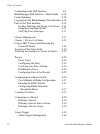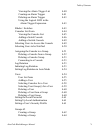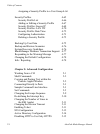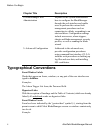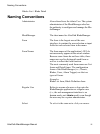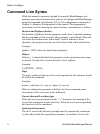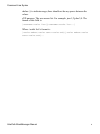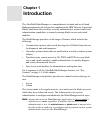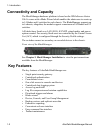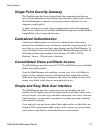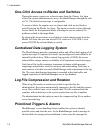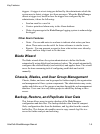Before You Begin
iv AlterPath BladeManager Manual
Command Line Syntax
While this manual is primarily designd for using the BladeManager web
interface, some special features show you how to configure the BladeManager
using the Command Line Interface (CLI). CLI configuration is discussed in
Chapter 5 (Advanced Configuration) of the manual. The typographical
conventions used for showing the syntax for these commands are as follows.
Brackets and Hyphens (dashes)
The brackets ([])indicate that the parameter inside them is optional, meaning
that the command will be accepted if the parameter is not defined. When the
text inside the brackets starts with a dash (-) and/or indicates a list of
characters, the parameter can be one of the letters listed within the brackets.
Example:
iptables [-ADC] chain rule-specification [options]
Ellipses
Ellipses (...) indicate that the latest parameter can be repeated as many times
as needed. Usually this is used to describe a list of subjects.
Example:
ls [OPTION]... [FILE]...
Pipes
The pipe (|) indicates that one of the words separated by this character should
be used in the command.
Example:
netstat {--statistics|-s} [--tcp|-t] [--udp|-u] [--raw|-w]
When a configuration parameter is defined, the Linux command syntax
conventions will be also used, with a difference.
Greater-than and Less-than signs
When the text is encapsulated with the “<>” characters, the meaning of the
text will be considered, not the literal text. When the text is not encapsulated,
the literal text will be considered.
Spacing and Separators
The list of users in the following example must be separated by semicolons
(;); the outlets should be separated by commas (,) to indicate a list or with



